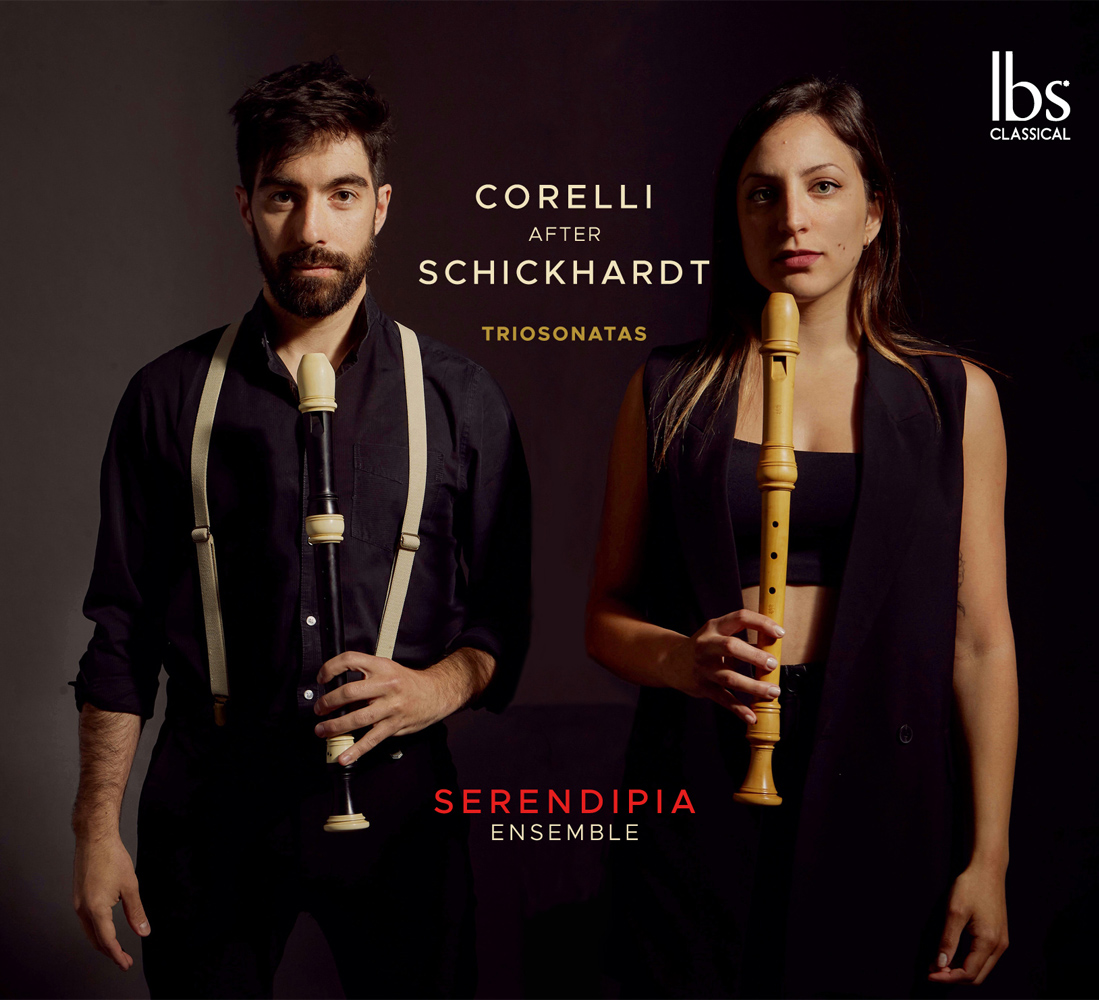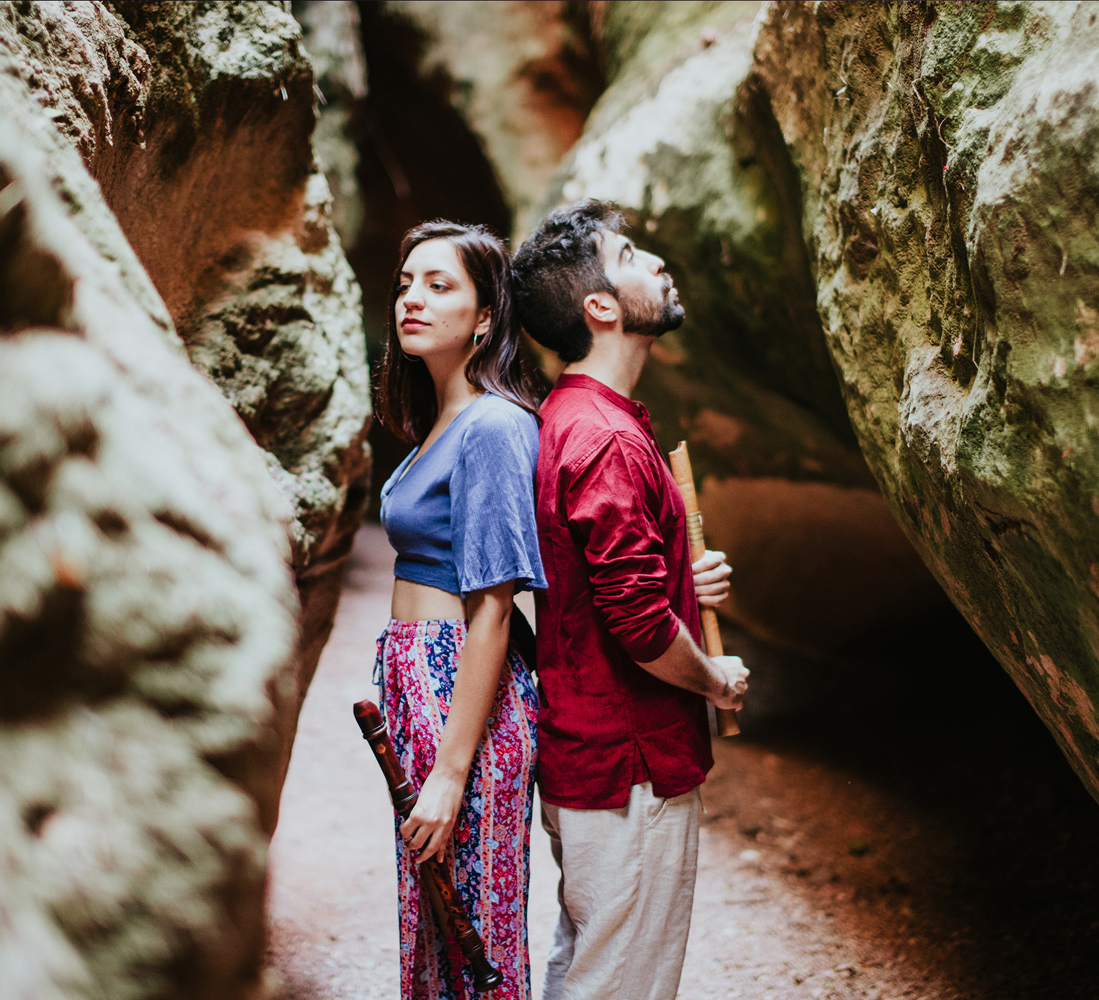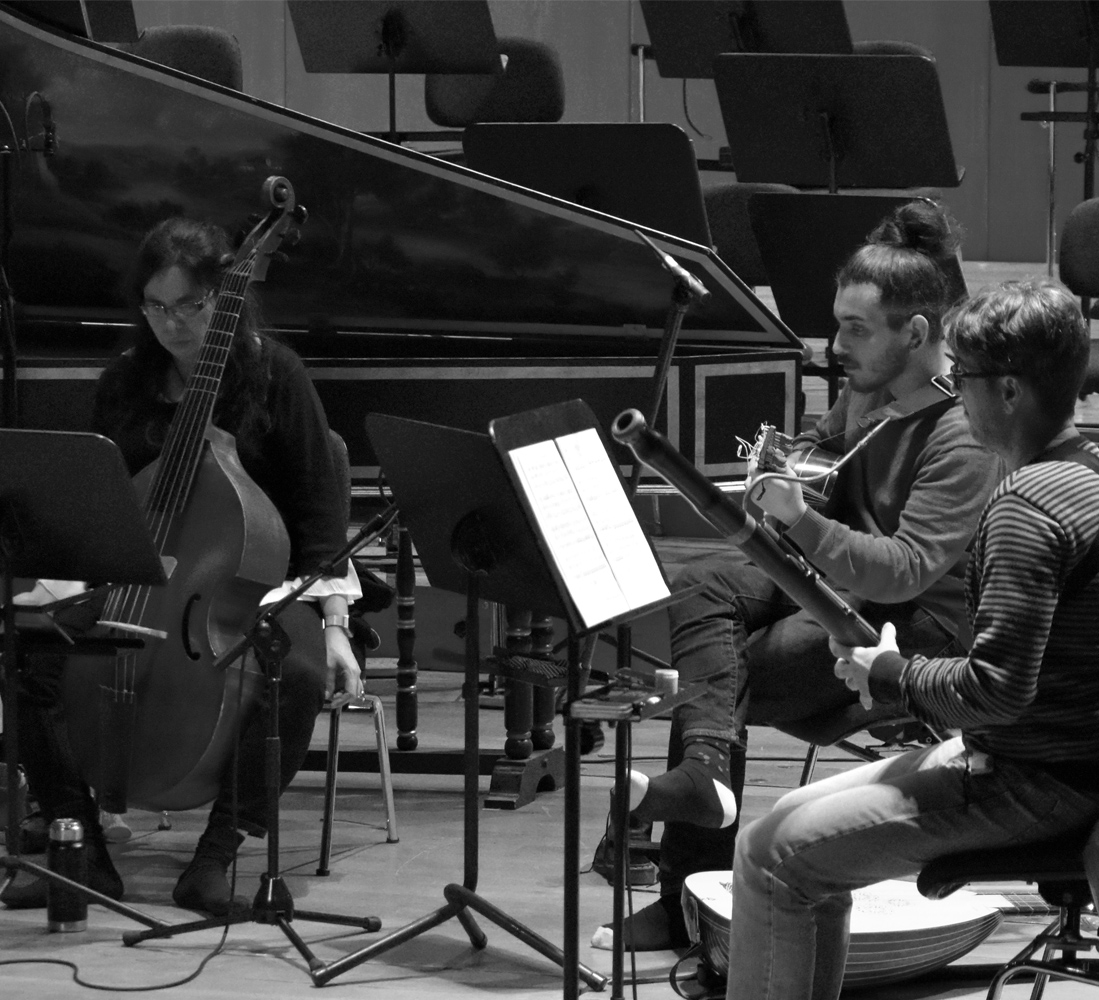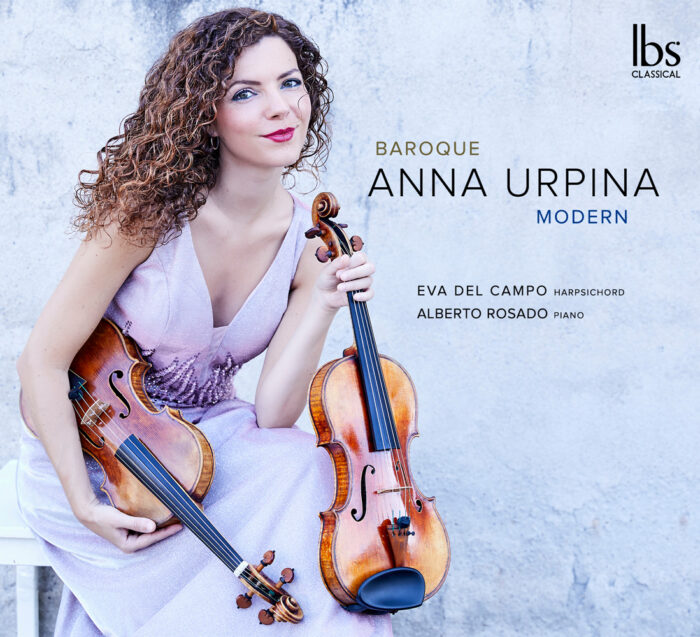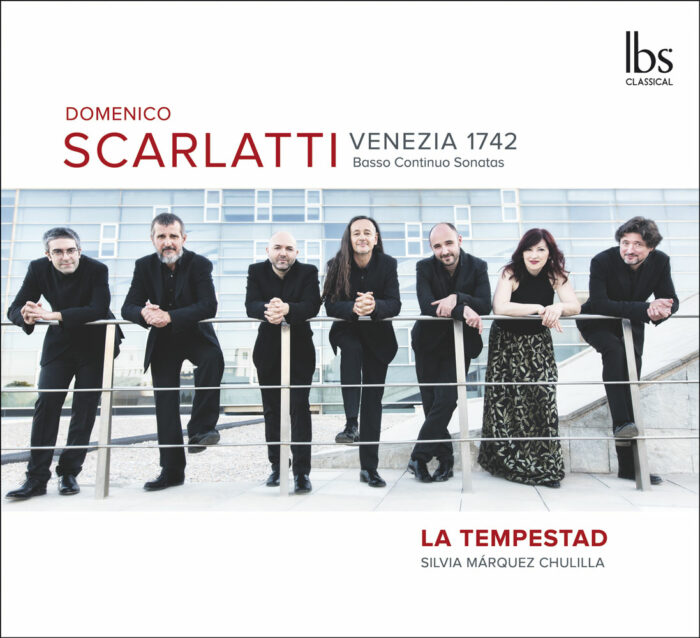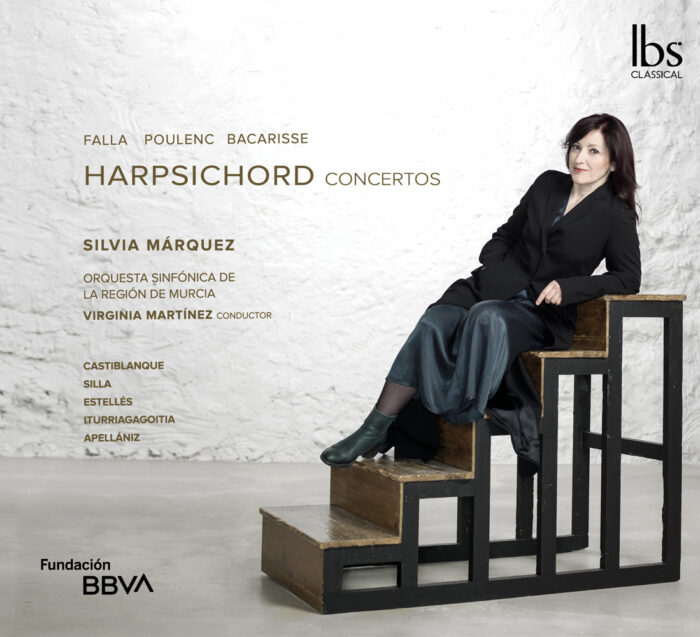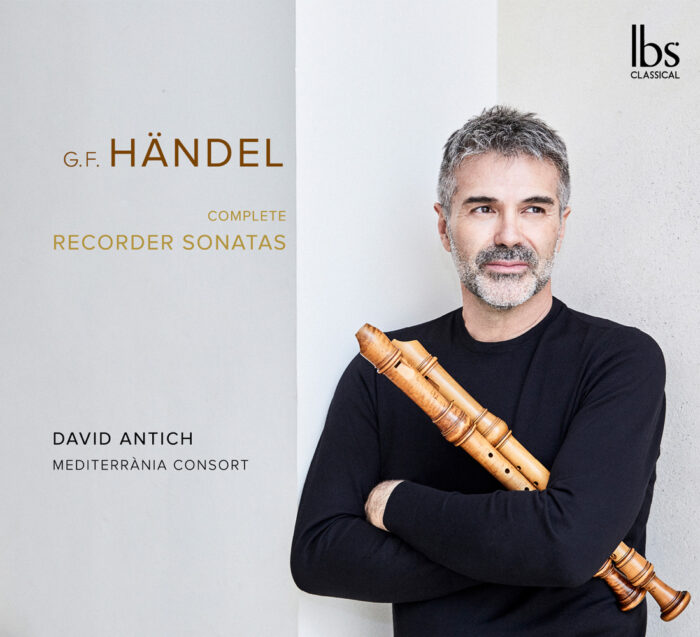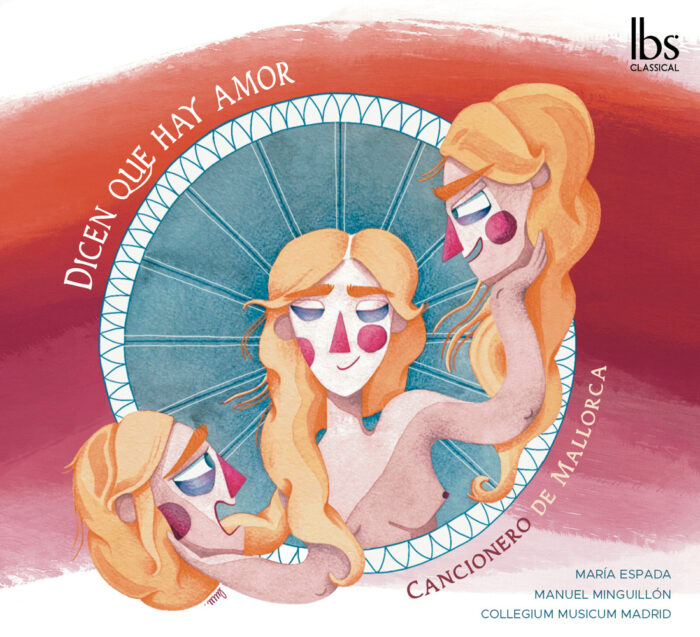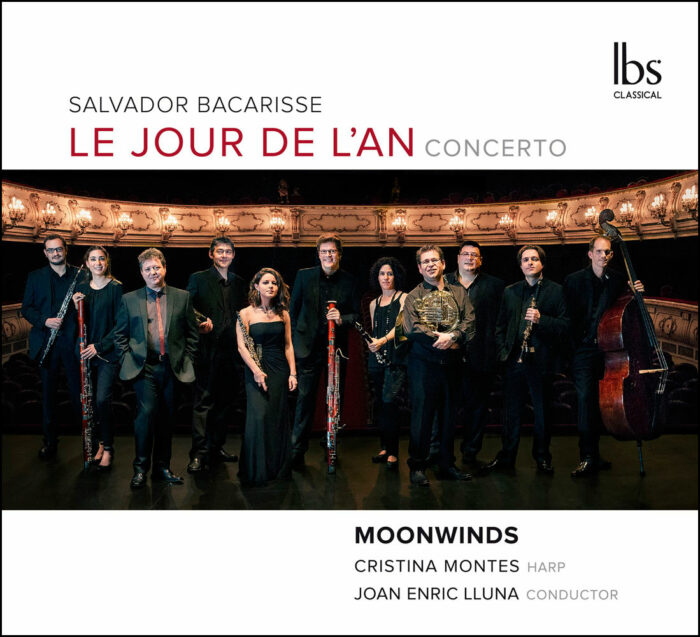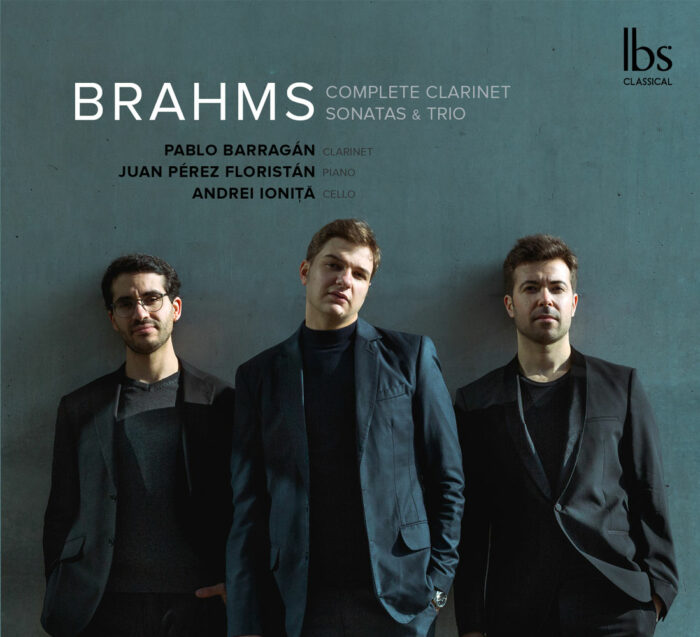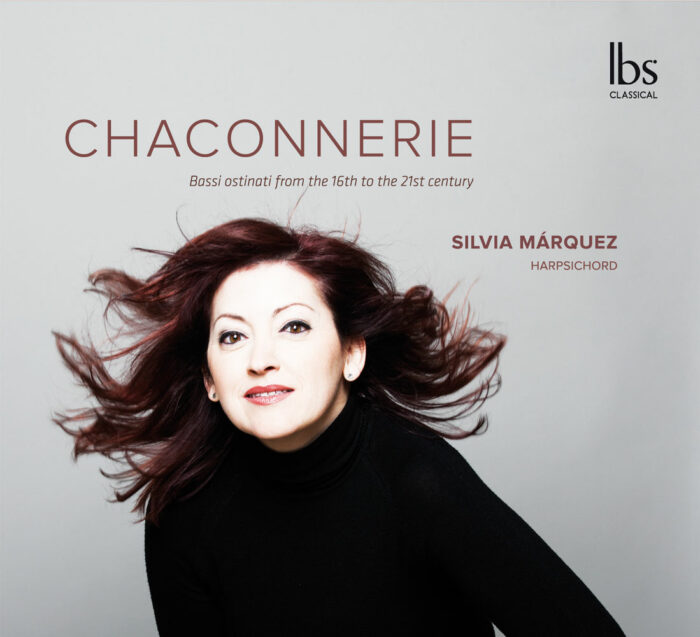Arcangelo Corelli
Arcangelo Corelli as a model composer: the concerti grossi
“Arcangelo Corelli’s concerti grossi seems to have survived the tests of time in style and with far greater steadiness than other of his works. The harmony is so pure, so rich and so pleasing; the instrumental parts are so clear, well thought out and ingeniously arranged, that the general result (in the orchestra) is so majestic, solemn and sublime that the music precludes all criticism, and also makes us forget that there are other compositions of the same kind.”
From this quote by Burney, we can understand the level of fame and transcendence that the opus 6, of the famous Corelli, reached.
Although the Italian composer’s oeuvre is not of extensive production in comparison with other composers, his works enjoyed great prestige and, as with his concerti grossi, his work was used as a model by many composers of his time. Some examples are Bellinzani, who composed the sonatas “Ad imitazione Arcangelo Corelli”; also the famous Telemann with his sonatas “Corellisantes”; or the well-known Francesco Geminiani, who arranged the violin sonatas of Corelli’s Opus 3 and 5 as concerti grossi.
The concerti grossi were published in 1714 (a year after Corelli’s death), in Amsterdam by the French publisher Estienne Roger, under the title of “Concerti grossi con due violini, e violoncello di Concertino Obligati, e due altri Violini, Viola e Basso di Concierto Grosso ad arbitrio, che si potranno radoppiare[…]”
Renowned musicians such as Handel and Muffat travelled to Rome to listen and learn Corelli’s style, who was not only famous as a violinist, but also as a composer and conductor. The number of editions of opus 6 was unprecedented. They were published in Amsterdam, London and Paris, being reprinted until the last years of the 18th century.
The popularity of these compositions allowed for the adaptation of his works to other instruments, among them the recorder. There are three editions concerning the concerti grossi: one published in Holland, containing 12 triosonatas (for two recorders and basso continuo); an English edition of 6 out of the 12 triosonatas; and an orchestral version, resembling more of Corelli’s original work, in which different types of recorders acted as the soloist and of which, unfortunately, only some parts of the work survive.
Sometimes the arrangements were anonymous, but other times they featured renowned composers, such as Schickhardt.
Johann Christian Schickhardt
Schickhardt was a German composer and flautist. Not much is known about his life. It is known that he spent part of his musical career in the Netherlands until, in 1732, “fresh from Germany”, he gave a concert in London performing his concerti and chamber music for the “small flute” (i.e. recorder). He remained in London long enough to publish, by subscription, his collection of 24 sonatas (opus 30) in all keys.
Schickhardt had a close relationship with Estienne Roger (the publisher of Amsterdam) and his successors, Jeanne Roger and Michel-Charles Le Cène. Not only did he provide the publishing firm with a steady flow of original compositions, but he also acted as their agent in Hamburg around 1712 and undertook occasional publishing projects, such as the arrangement of Corelli’s opus 6 for two recorders and continuo.
This specific arrangement he sent was dedicated to Giovanni de Gostling (his real name was John Gostling), who was a well-known bass of the time, to whom Purcell himself wrote some dedicated arias. Apart from being a great singer, he was also a copyist, and the dedication highlights three of his qualities: letters, commerce and music. One possible hypothesis as to why Schickhardt dedicated his publication to Gostling is that he was apparently in London collaborating on the edition of an oboe method published by John Walsh in 1715. It is during this time that the composer would have had contact with Gostling, who may have been his agent who marketed his publications in England.
Schickhardt was a great recorder player and it shows in the arrangement quality of the concerti grossi, which perfectly accommodates the keys, ranges and idiomatic features of the recorder as opposed to that of the violin. The German composer’s mastery of arranging for the recorder along with his respect for Corelli’s original music is evident in this arrangement.
Schickhardt’s idea for the arrangement was to leave the two, originally violin, voices as written and find a balance between the continuo and the cello part. He mixes up and takes the different movements of various Corelli concertos to convert them into 12 distinct sonatas, maintaining their Italian stylistic form of three or four movements. The only remaining correspondence to the original numbers is concerto 8 called “Fatto per la notte di Natale”, which does correspond to the 8th sonata, perhaps because it is the most famous of the collection.
Serendipia Ensemble
In 2019 recorder players Rita Rógar and Moisés Maroto formed the Serendipia Ensemble. Their mission was to place the recorder in it’s prominent place in the world of historically informed performance practice, make the group come to life performing specific works for flute duo and seeking creative arrangements of different pieces for one or two instruments. In their first program, Little Tempest: the miniaturization of the creation of the universe”, the duo was joined by historical percussionist Pablo Cantalapiedra. The program was very well received by the public, critics and festival programmers. Thanks to this, Serendipia Ensemble has performed in some of the most important early music festivals in Spain, such as Festival Internacional de Artes Sacro (FIAS) de Madrid 2020, Festival de Música Antiga dels Pirineus (FeMAP) 2021, Festival Clásicos en Verano 2022, Festival de Música Renacentista y Barroca de Vélez Blanco 2023, among many others. In addition, they were selected to participate in the AIEnRuta Clásicos en 2021 and the MUSAE 2022 program.
Currently, Serendipia conducts musicological research to explore specialized programs for two recorders. This is how the idea of their first CD, “Corelli after Schickhardt”, was born, which they recorded with the prestigious IBS Classical record label. With the support of IBS Classical, Serendipia Ensemble published a world premier recording of the 12 Triosonatas by the German composer J. Ch. Schickhardt arranged from the famous 12 Concerti Grossi by A. Corelli. For this project, they combined forces with a large continuo group consisting of Calia Álvarez (viola da gamba), Darío Tamayo (harpsichord), José Arsenio Rueda (Baroque Bassoon) and Jon Wasserman (plucked strings).
At present, the ensemble continues with its work as concert performers and dissemination of the recorder, with the goal of placing the instrument on the pedestal it deserves.
